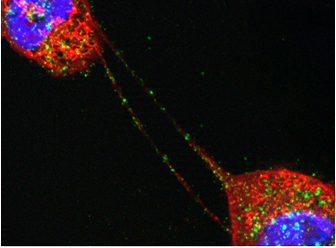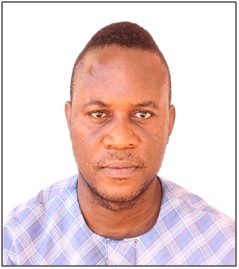CELLULAR SIGNALING THROUGH THE USE OF GROWTH FACTORS AND MECHANICAL STIMULUS IN NERVE REGENERATION
Keywords:
Axons, growth factors, peripheral nerve injury, signaling cascadeAbstract
The nervous system consists of the autonomous and peripheral. Peripheral nerve injury which occurs as a result of trauma, accident and other associated factors always results in a significant loss of sensory and motor functions in an individual. The injured nerves can be successfully restored although it requires a lot of complex cellular and molecular response in order to rebuild the functional axons. When this is achieved, the damaged nerve can accurately connect with their original targets. The complete recovery of PNI has not been optimized. Exogenous growth factors (GFs) are a new and emerging therapeutic strategy that can be used in nerve regeneration. The mechanism of action of growth factor is based on the ability to activate the downstream targets of various signaling cascades via binding to the individual receptors in order to exert the multiple effects and restore the neuron and tissue regeneration. Although the GFs are associated with short half-life and rapid deactivation in body fluids. The use of nerve conduits has been able to reduce the limitations. The nerve conduits have been good biocompatibility and biofunctionality properties.

Peer Review History:
Received 14 July 2024; Reviewed 18 September 2024; Accepted 23 October; Available online 15 November 2024
Academic Editor: Dr. Muhammad Zahid Iqbal , AIMST University, Malaysia, drmmziqbal@gmail.com
, AIMST University, Malaysia, drmmziqbal@gmail.com
Average Peer review marks at initial stage: 6.5/10
Average Peer review marks at publication stage: 7.5/10
Reviewers:
 Dr. Mohamed Salama, Modern University for Technology & Information, Egypt, salama47@yahoo.com
Dr. Mohamed Salama, Modern University for Technology & Information, Egypt, salama47@yahoo.com
 Dr. Mohammad Shaheen Khan, University Malaysia Sabah, Malaysia, shaheenchem@gmail.com
Dr. Mohammad Shaheen Khan, University Malaysia Sabah, Malaysia, shaheenchem@gmail.com
Downloads

Published
How to Cite
Issue
Section

This work is licensed under a Creative Commons Attribution-NonCommercial 4.0 International License.









 .
.